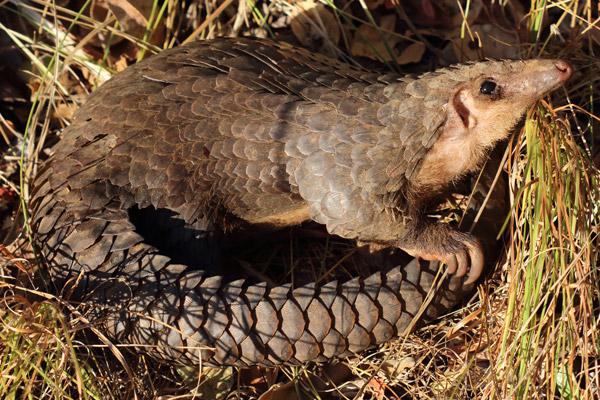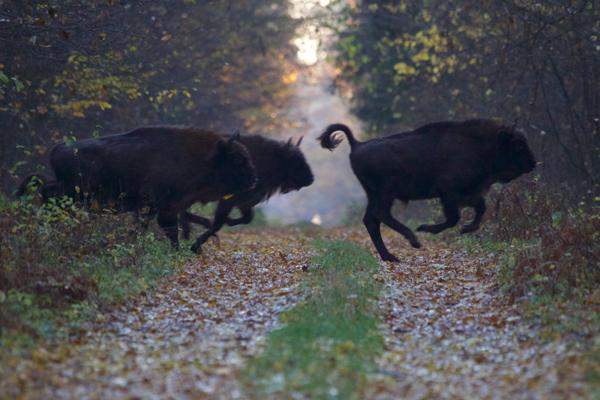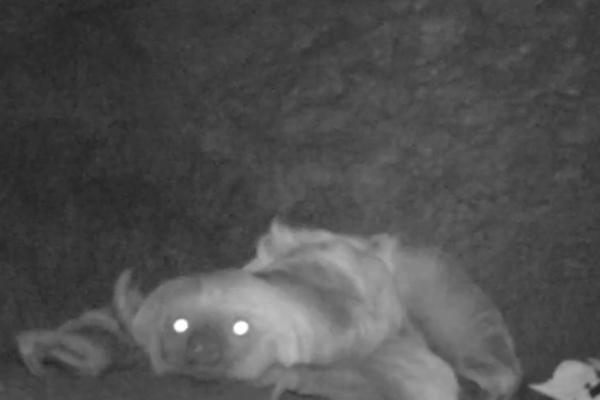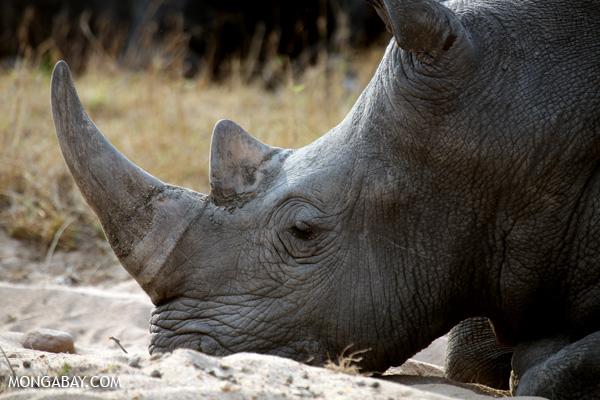One of the world’s most bizarre animal groups is now at risk of complete eradication, according to an update of the IUCN Red List. Pangolins, which look and behave similarly to (scaly) anteaters yet are unrelated, are being illegally consumed out of existence due to a thriving trade in East Asia. In fact, the new update lists all eight pangolin species as threatened by extinction for first time, with two—the Chinese and the Sunda pangolin—now considered Critically Endangered.
“In the 21st Century we really should not be eating species to extinction—there is simply no excuse for allowing this illegal trade to continue,” said Jonathan Baillie, Conservation Program Director at the Zoological Society of London (ZSL) and co-chair of the IUCN SSC Pangolin Specialist Group, which was established in 2012.
“All eight pangolin species are now listed as threatened with extinction, largely because they are being illegally traded to China and Vietnam,” Baillie added.
Found in Africa and Asia, the world’s eight pangolin species represent some 70 million years of unique evolution. In fact, these animals—which are the only mammals to sport proper scales—are so distinct they have their own Order: Pholidota. In addition to their tell-tale scales, pangolins have a long tongue for eating insects, impressive claws for digging into termite mounds, and an odorous anal gland for repealing predators. But, weirdly, pangolins are most closely related to carnivores.
Yet pangolins have for many years been the most-trafficked animal on the fact of the Earth. In fact, the Pangolin Specialist Group hosted by the ZSL estimates that more than a million pangolins have been stolen from the wild in the past ten years alone. In fact, the group estimates that the Sunda pangolin populations has fallen by up to 80 percent over the past 21 years.
Pangolin scales are used in traditional medicine while their meat is increasingly eaten as a mark of status in countries like China and Vietnam. However, like rhino horn, there is no evidence that pangolin scales have any curative properties. The trade has become so unsustainable that researchers now fear traders are moving from largely-depleted populations in Asia to source pangolins from Africa. The four species in Africa are already threatened by bushmeat hunting for local meat consumption.
Along with the clarion call about pangolins slipping closer to extinction, the Pangolin Specialist Group is also announcing a conservation action plan, dubbed “Scaling up pangolin conservation.”
“A vital first step is for the Chinese and Vietnamese governments to conduct an inventory of their pangolin scale stocks and make this publicly available to prove that wild-caught pangolins are no longer supplying the commercial trade,” said conservationist Dan Challender, a Co-Chair of Pangolin Specialist Group.
Most important, says the group, is reducing demand for this imperiled group.
The World’s Pangolin Species
Asian species
Indian pangolin (Manis crassicaudata), Endangered (previously Near Threatened)
Philippine pangolin (Manis culionensis), Endangered (previously Near Threatened)
Chinese pangolin (Manis pentadactyla), Critically Endangered (previously Endangered)
Sunda pangolin (Manis javanica), Critically Endangered (previously Endangered)
African species
Giant pangolin (Manis gigantea), Vulnerable (previously Least Concern)
Ground pangolin (Manis temminckii), Vulnerable (previously Least Concern)
Tree pangolin (Manis tricuspis), Vulnerable (previously Near Threatened)
Long-tailed pangolin (Manis tetradactyla), Vulnerable (previously Least Concern)
WARNING: GRAPHIC PHOTOS AT THE BOTTOM
This article was originally written and published by Jeremy Hance, a contributing writer for news.mongabay.com. For more information and the original article, please click HERE.




